The resolution of a major discrepancy between theory and experiment for strontium atomic clocks could help improve the precision of these timekeepers.



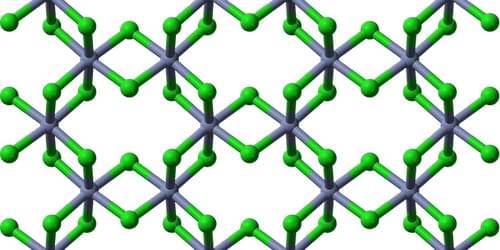

Millimeter-sized “surfers” can self-propel across a vibrating liquid surface, interacting with other surfers to create collective patterns.
Self-propelled objects can move in mesmerizing patterns. The collective movements of groups of such objects typically occur in one of two flow regimes: the inertial regime—think swirling schools of fish in water—or the viscous regime—think swarming colonies of bacteria in mucus. Some self-propelled objects can travel in both flow regimes, a possibility that is less explored. Daniel Harris at Brown University, Rhode Island, and colleagues have studied the motion of a new system of self-propelled objects that move in this intermediate regime, finding that the objects organize into several distinct and tunable motion patterns [1]. The researchers say that their surfers may serve as a versatile, accessible model system for developing a detailed understanding of active matter in the intermediate flow regime.
The team considered millimeter-scale plastic “surfers” floating atop a vertically vibrated pool containing a mixture of water and glycerol. The surfers resembled miniature, rectangular boats and had uneven weight distributions across their lengths. With heavier sterns than bows, the surfers bobbed up and down like seesaws when the liquid surface vibrated. The waves that then emanated from the bow and stern of each surfer had unequal amplitudes, with the sterns creating waves with higher amplitudes.
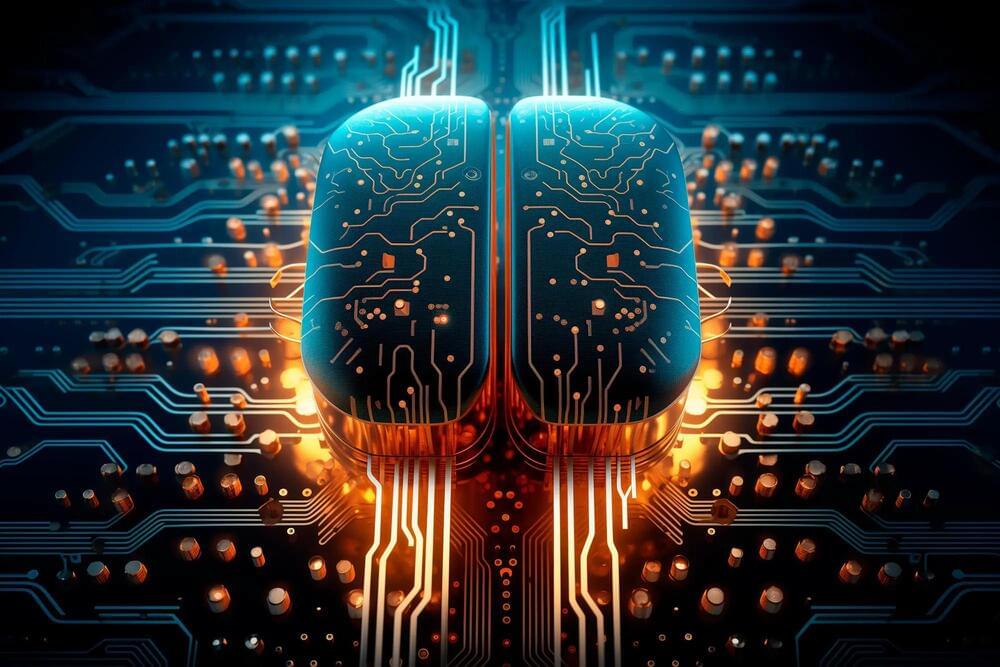
Hussam Amrouch has developed an AI-ready architecture that is twice as powerful as comparable in-memory computing approaches. As reported in the journal Nature, the professor at the Technical University of Munich (TUM) applies a new computational paradigm using special circuits known as ferroelectric field effect transistors (FeFETs). Within a few years, this could prove useful for generative AI, deep learning algorithms, and robotic applications.
The basic idea is simple: unlike previous chips, where only calculations were carried out on transistors, they are now the location of data storage as well. That saves time and energy.
“As a result, the performance of the chips is also boosted,” says Hussam Amrouch, a professor of AI processor design at the Technical University of Munich (TUM).
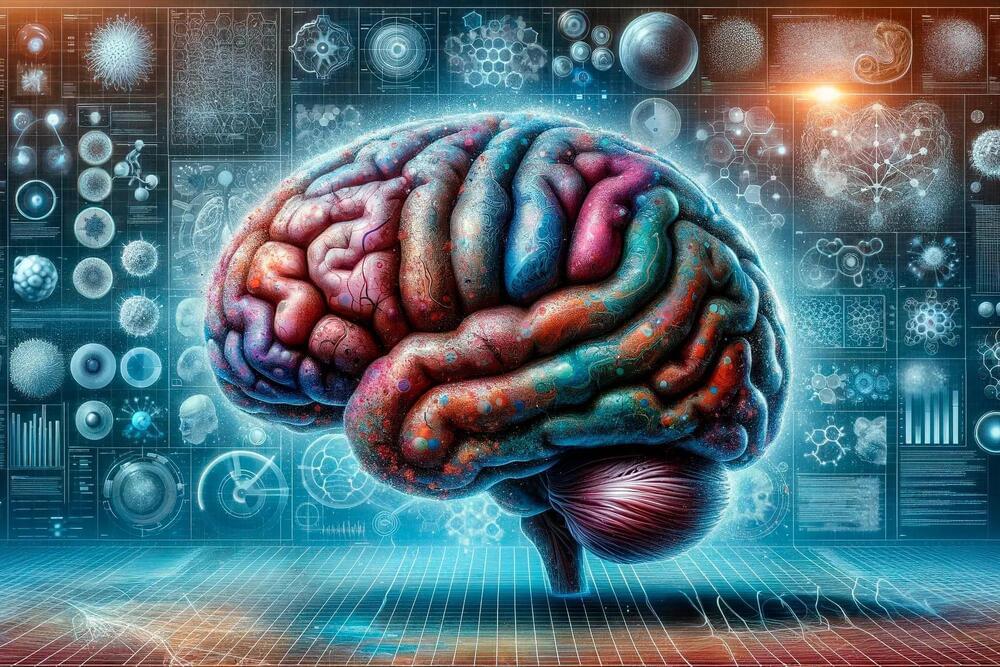
The new research, part of the NIH BRAIN Initiative, paves the way toward treating, preventing, and curing brain disorders.
Salk Institute researchers, as part of a larger collaboration with research teams around the world, analyzed more than half a million brain cells from three human brains to assemble an atlas of hundreds of cell types that make up a human brain in unprecedented detail.
The research, published in a special issue of the journal Science on October 13, 2023, is the first time that techniques to identify brain cell subtypes originally developed and applied in mice have been applied to human brains.
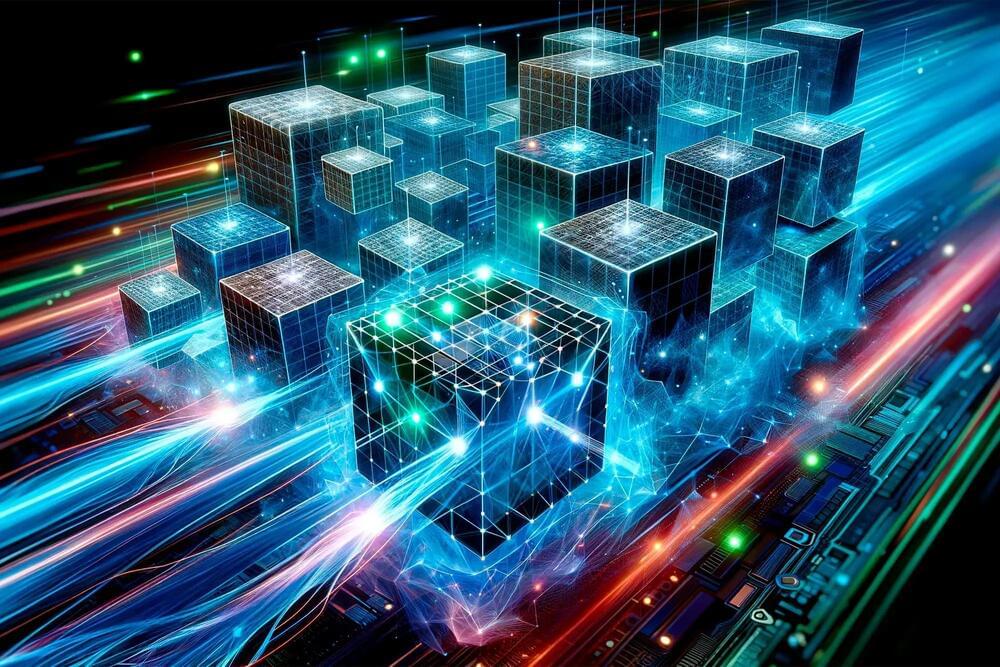
Complimentary approaches — “HighLight” and “Tailors and Swiftiles” — could boost the performance of demanding machine-learning tasks.
Researchers from MIT
MIT is an acronym for the Massachusetts Institute of Technology. It is a prestigious private research university in Cambridge, Massachusetts that was founded in 1861. It is organized into five Schools: architecture and planning; engineering; humanities, arts, and social sciences; management; and science. MIT’s impact includes many scientific breakthroughs and technological advances. Their stated goal is to make a better world through education, research, and innovation.

New research offers a theory on how gold, platinum, and other precious metals found their way to shallow pockets within Earth’s mantle.
Scientists at Yale and the Southwest Research Institute (SwRI) say they’ve hit the jackpot with some valuable new information about the story of gold.
It’s a story that begins with violent collisions of large objects in space, continues in a half-melted region of Earth’s mantle, and ends with precious metals finding an unlikely resting spot much closer to the planet’s surface than scientists would have predicted.

The detection of ammonia isotopologues in a brown dwarf by the James Webb Space Telescope.
The James Webb Space Telescope (JWST or Webb) is an orbiting infrared observatory that will complement and extend the discoveries of the Hubble Space Telescope. It covers longer wavelengths of light, with greatly improved sensitivity, allowing it to see inside dust clouds where stars and planetary systems are forming today as well as looking further back in time to observe the first galaxies that formed in the early universe.
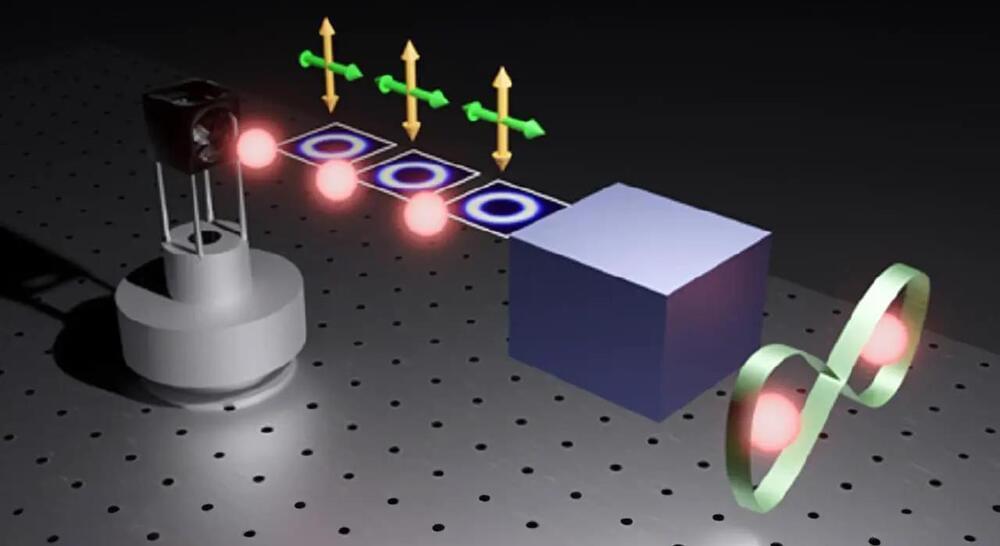
Generation of nearly deterministic OAM-based entangled states offers a bridge between photonic technologies for quantum advancements.
Quantum technology’s future rests on the exploitation of fascinating quantum mechanics concepts — such as high-dimensional quantum states. Think of these as states basic ingredients of quantum information science and quantum tech. To manipulate these states, scientists have turned to light, specifically a property called orbital angular momentum (OAM), which deals with how light twists and turns in space. Here’s a catch: making super bright single photons with OAM in a deterministic fashion has been a tough nut to crack.
Quantum Dots: Bridging Technologies